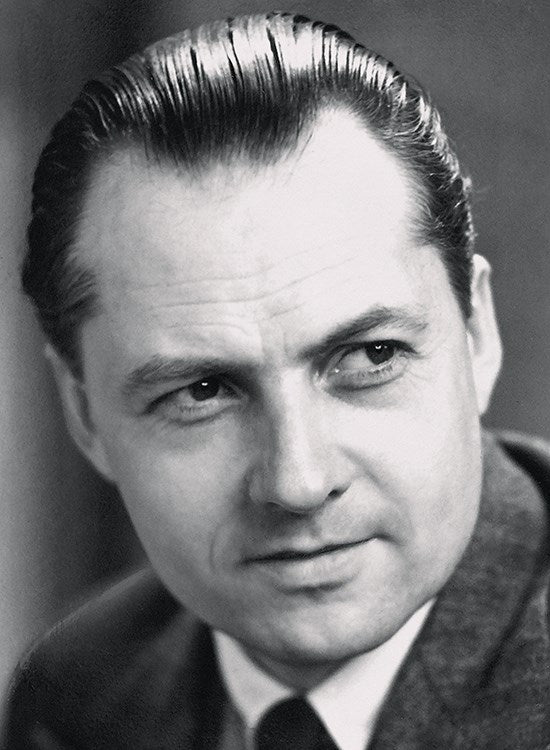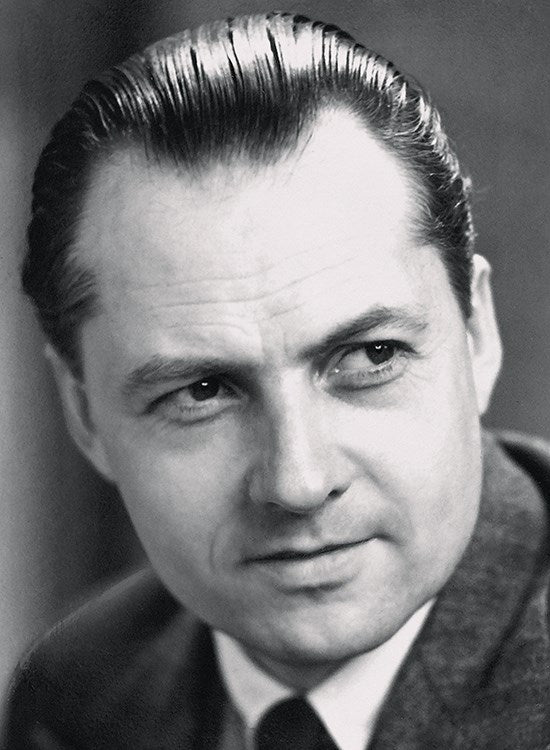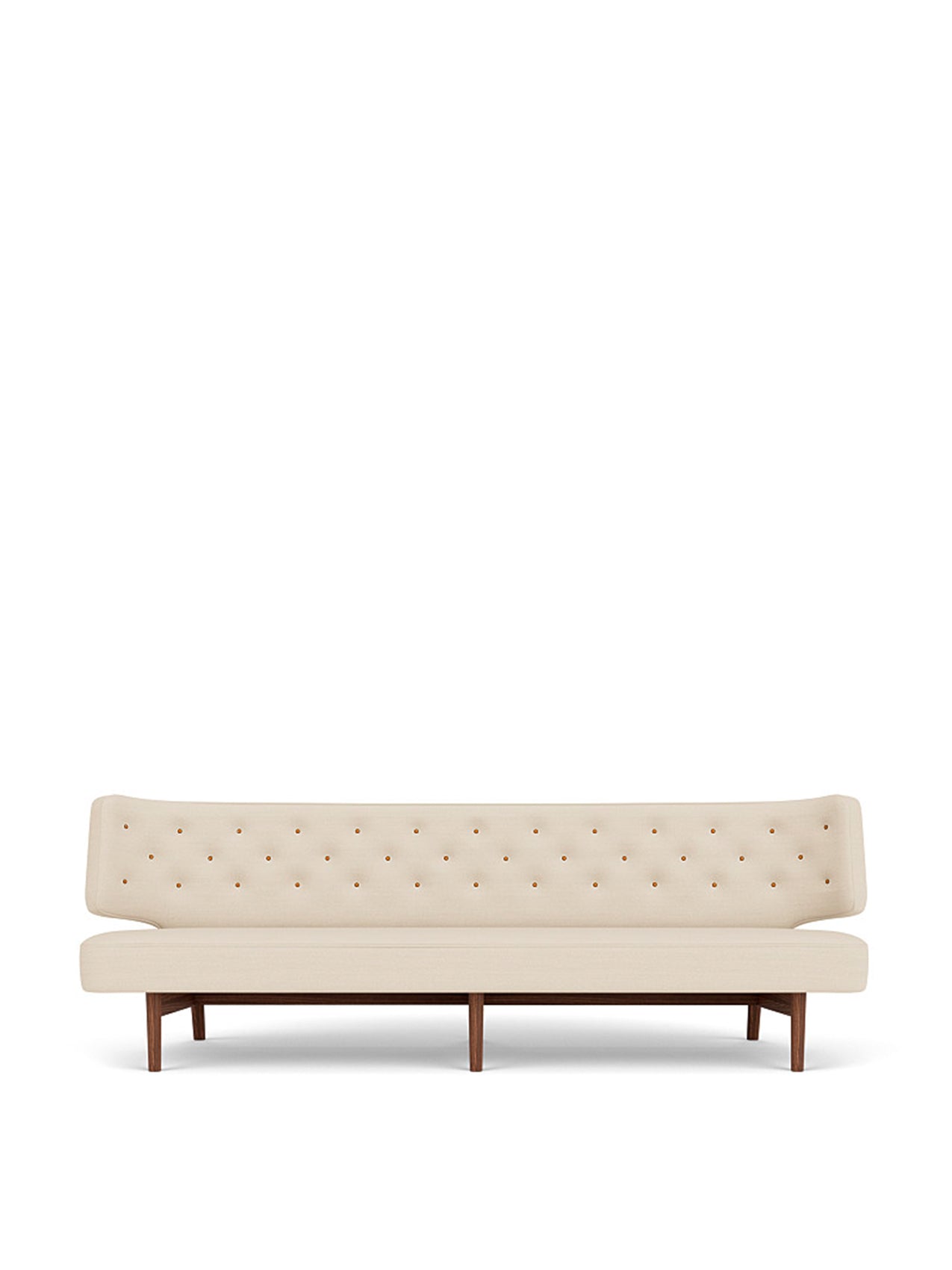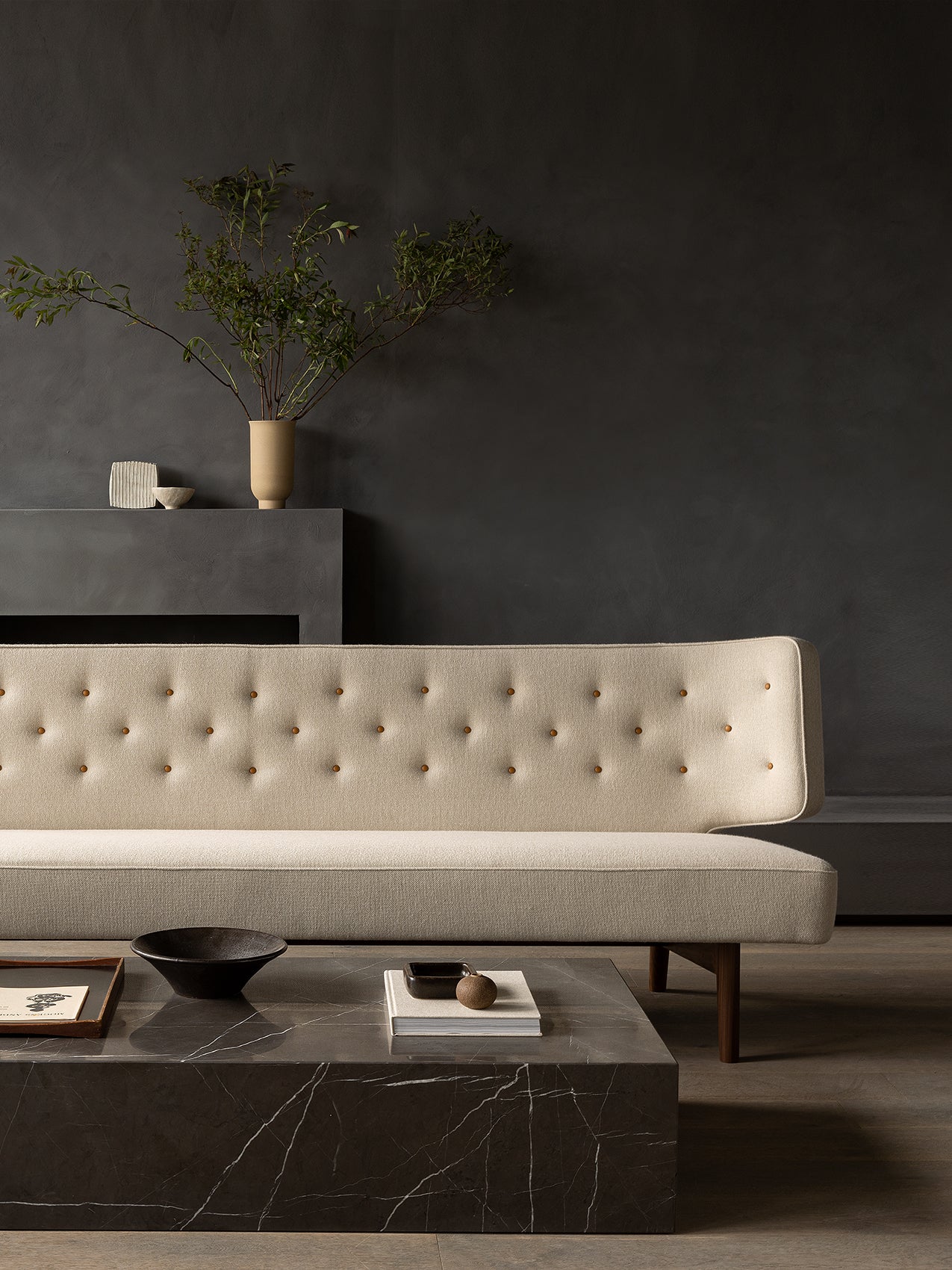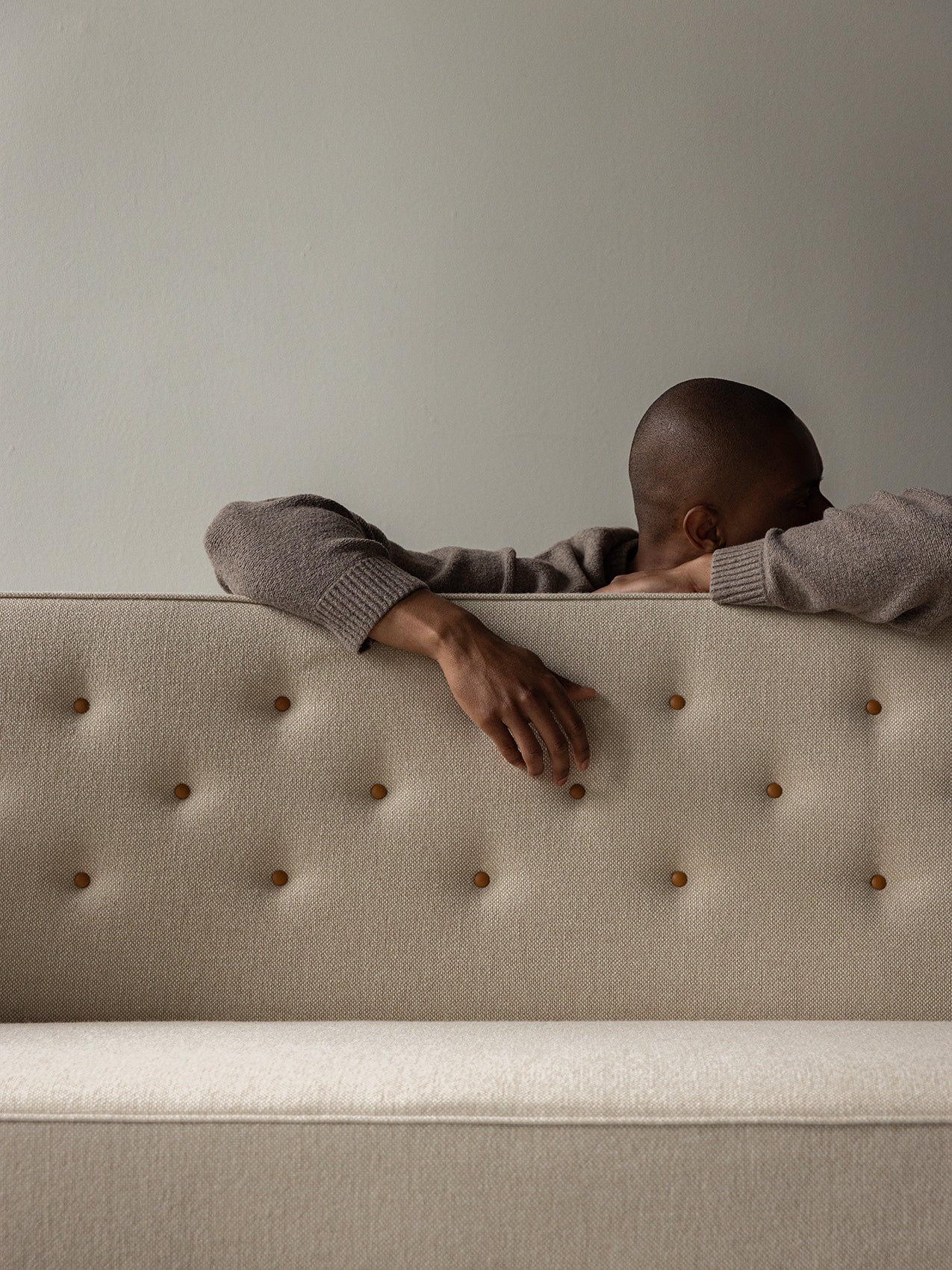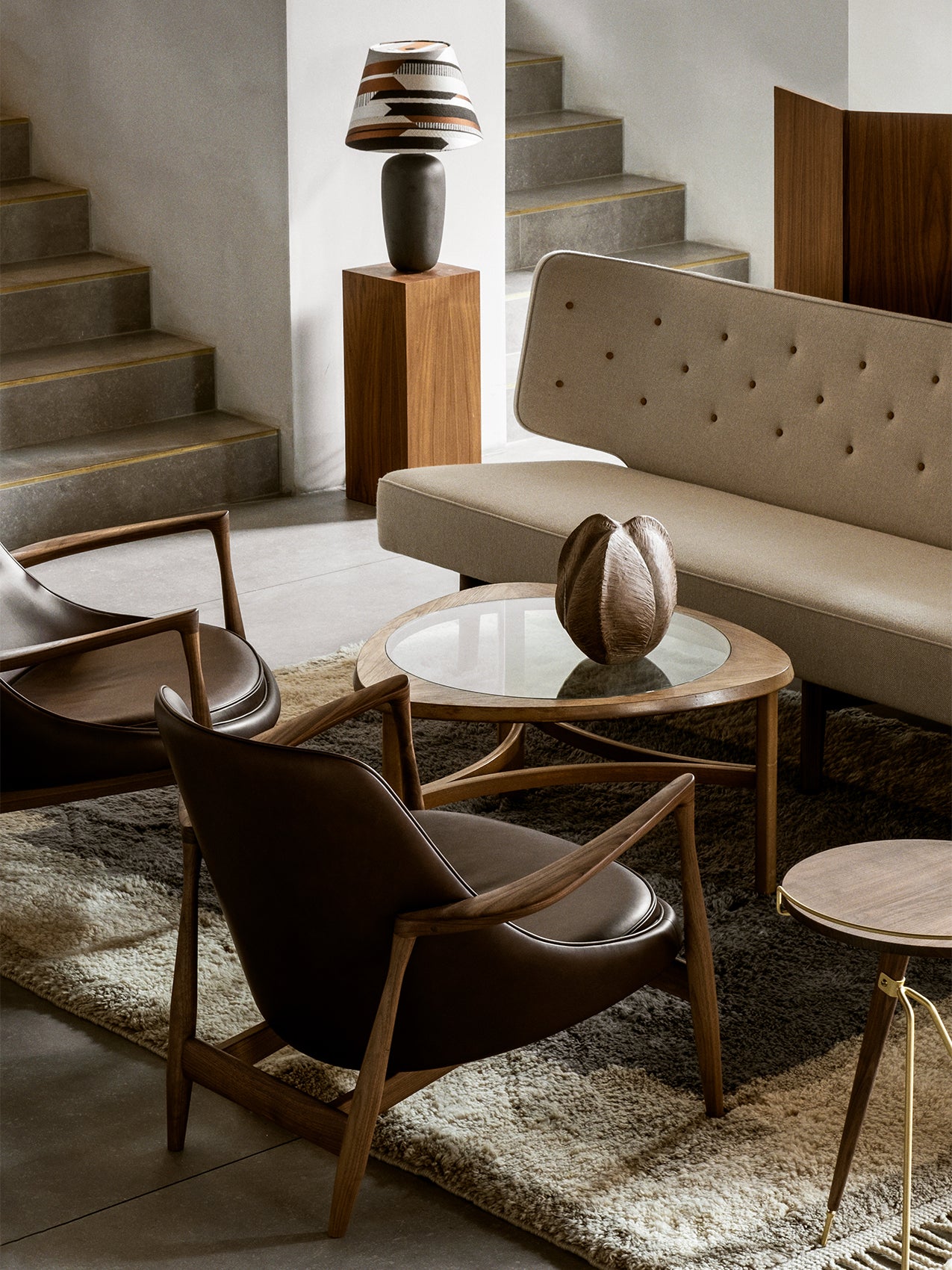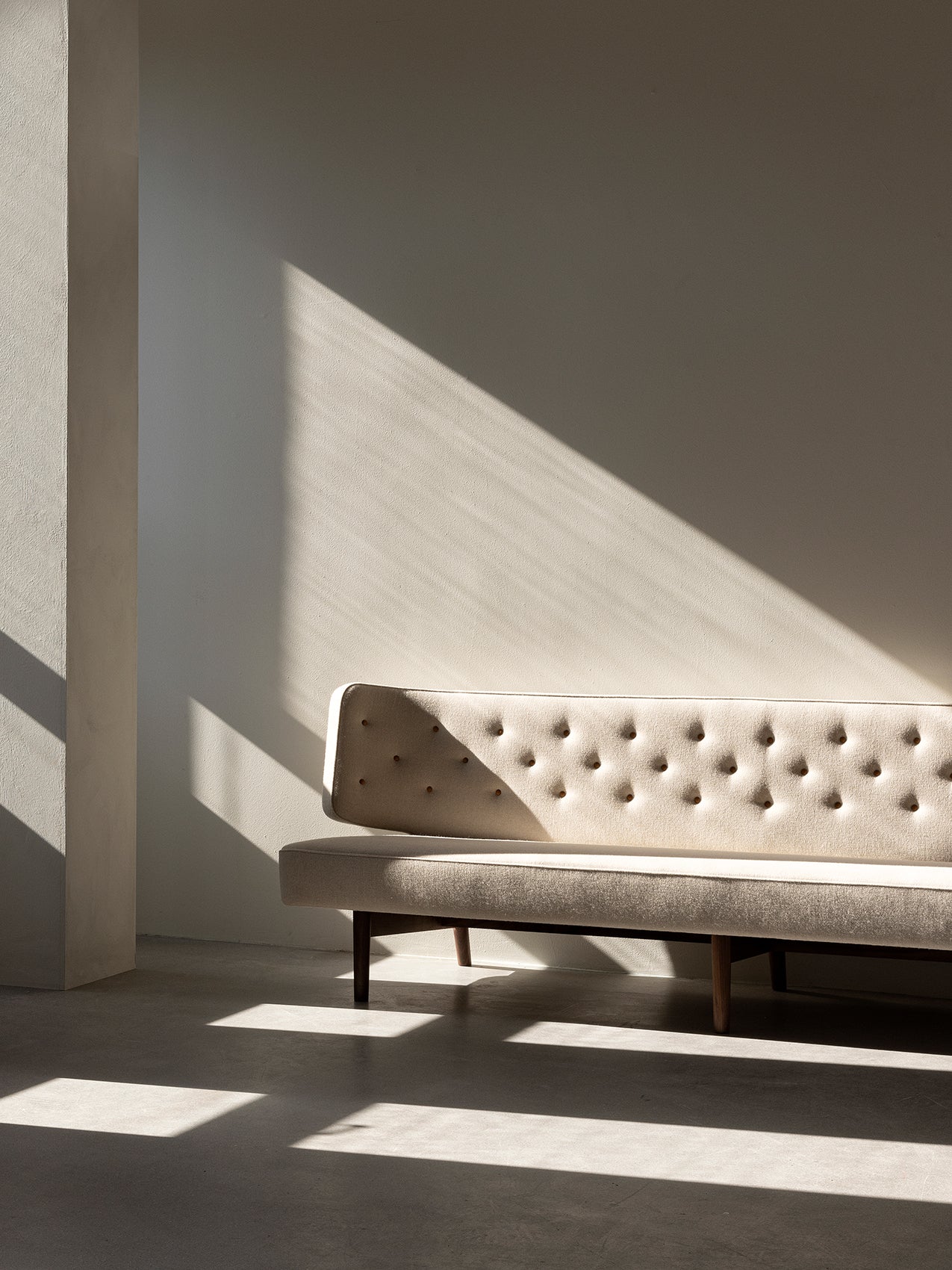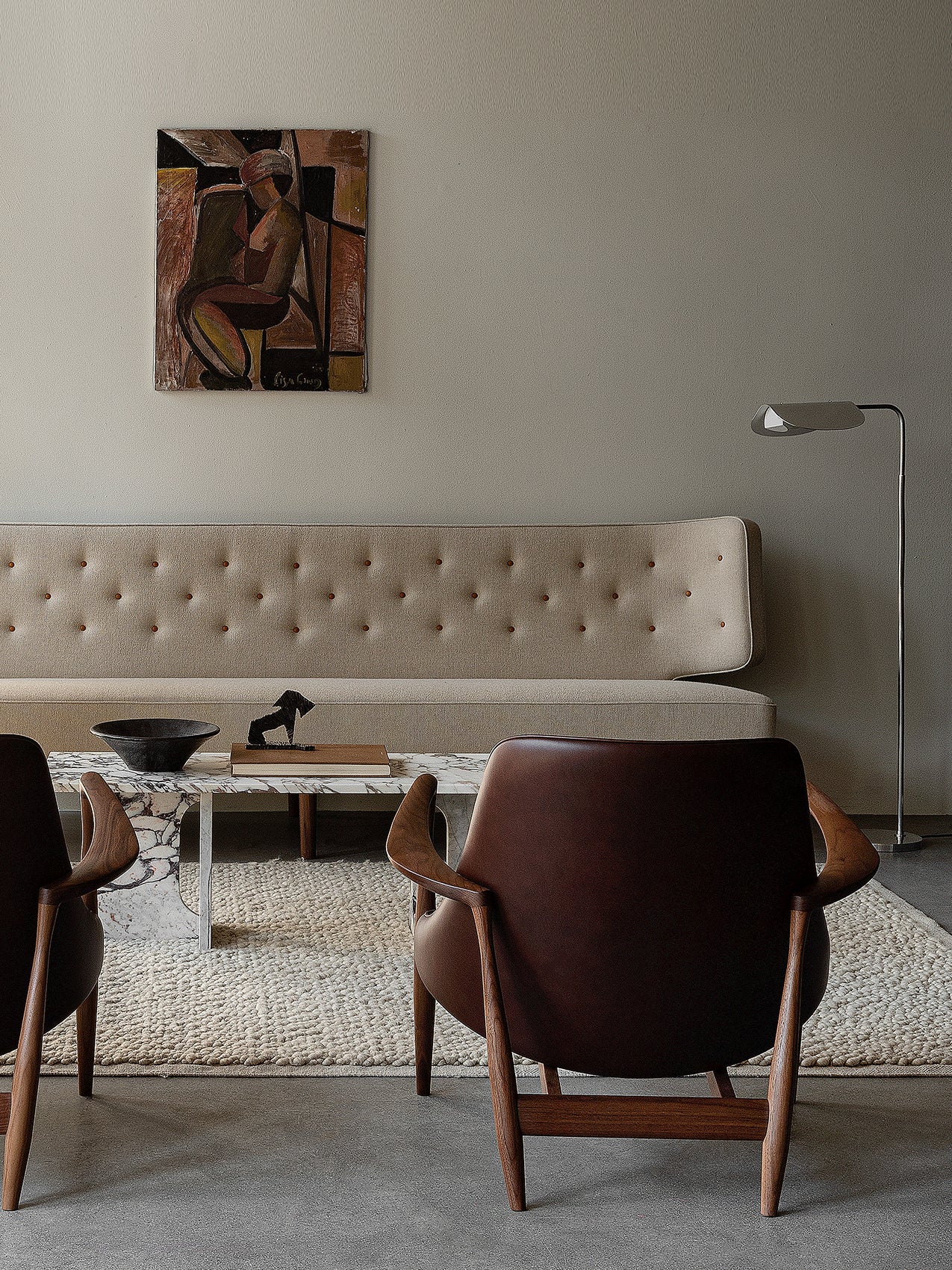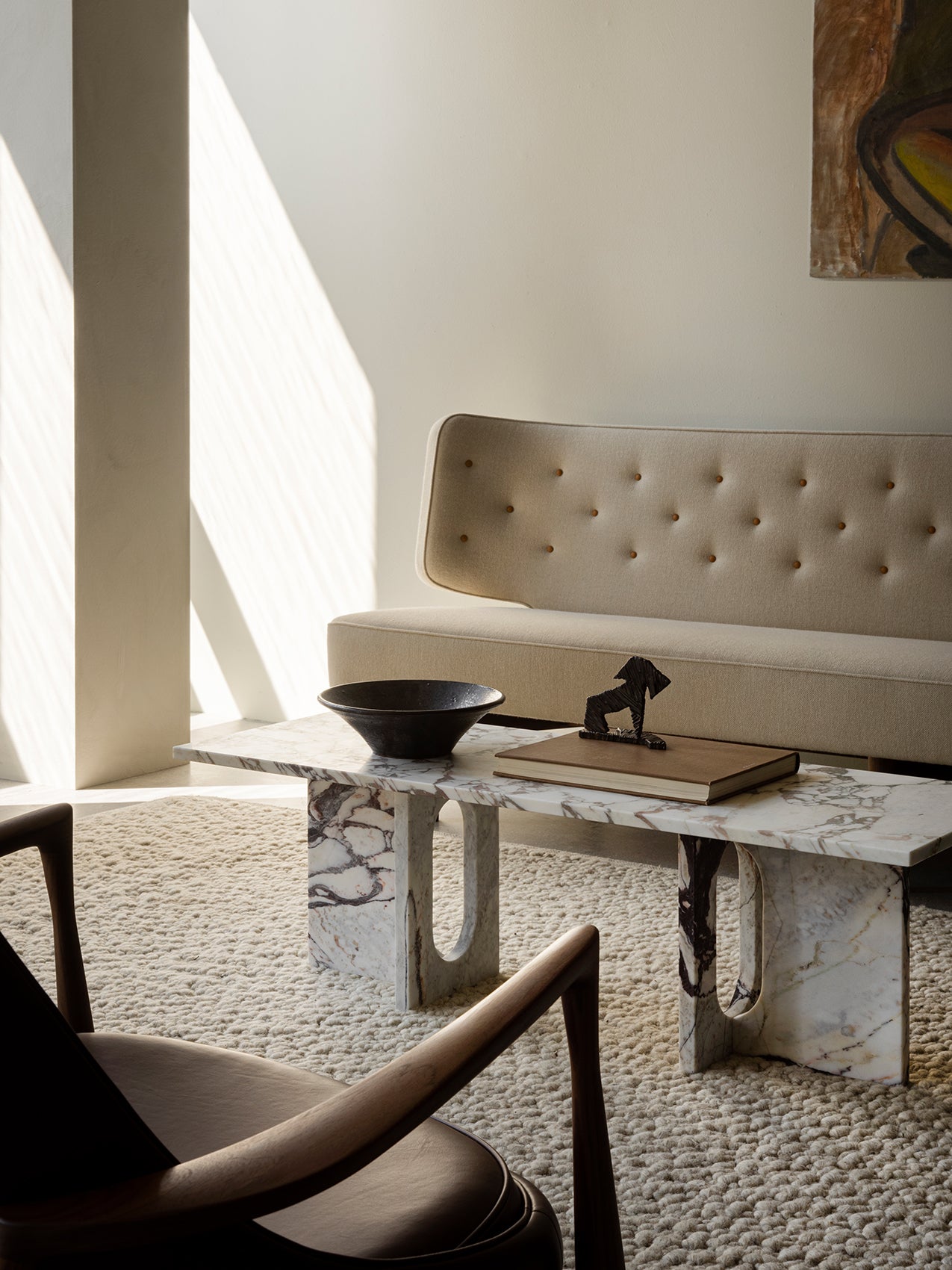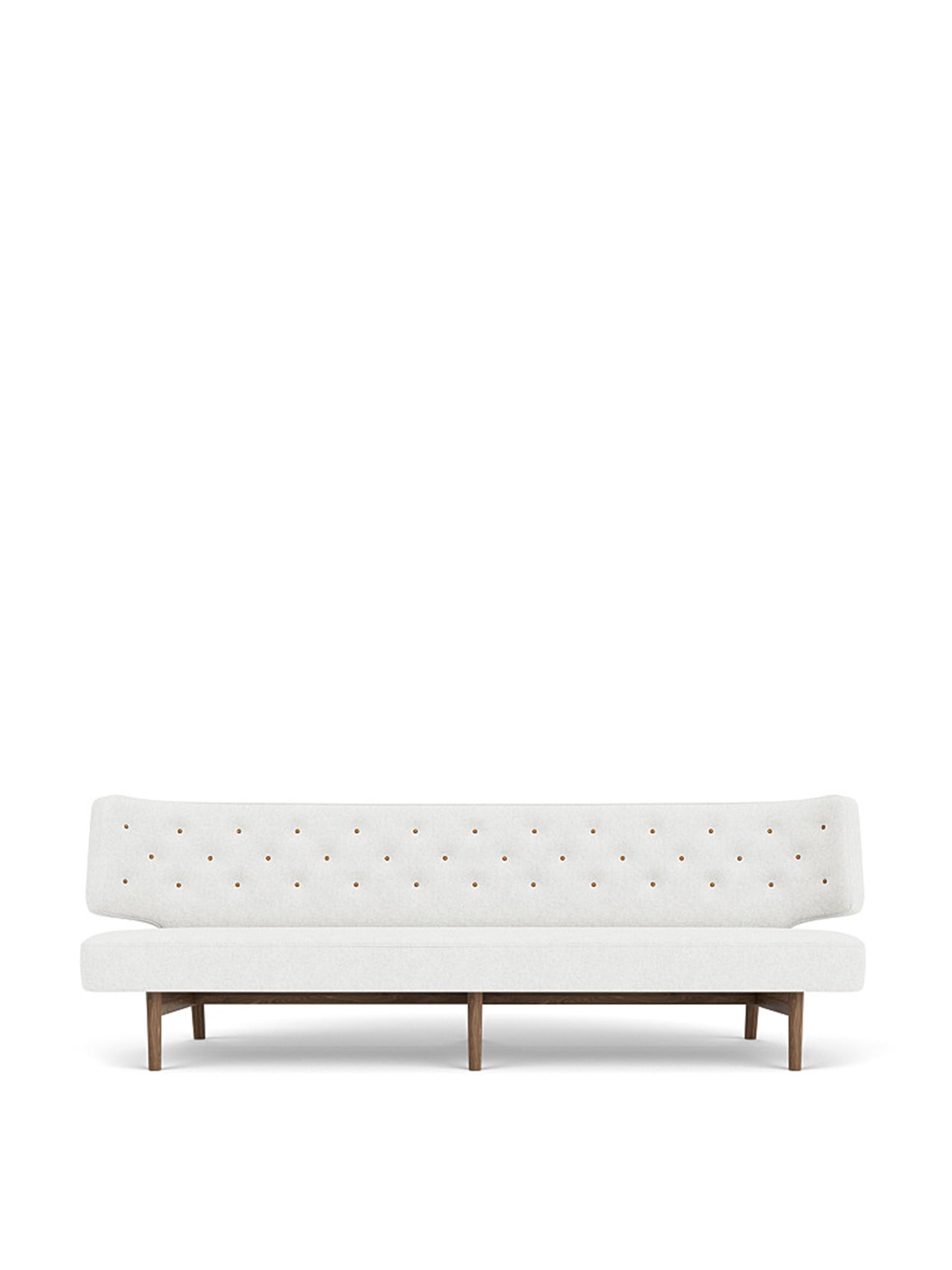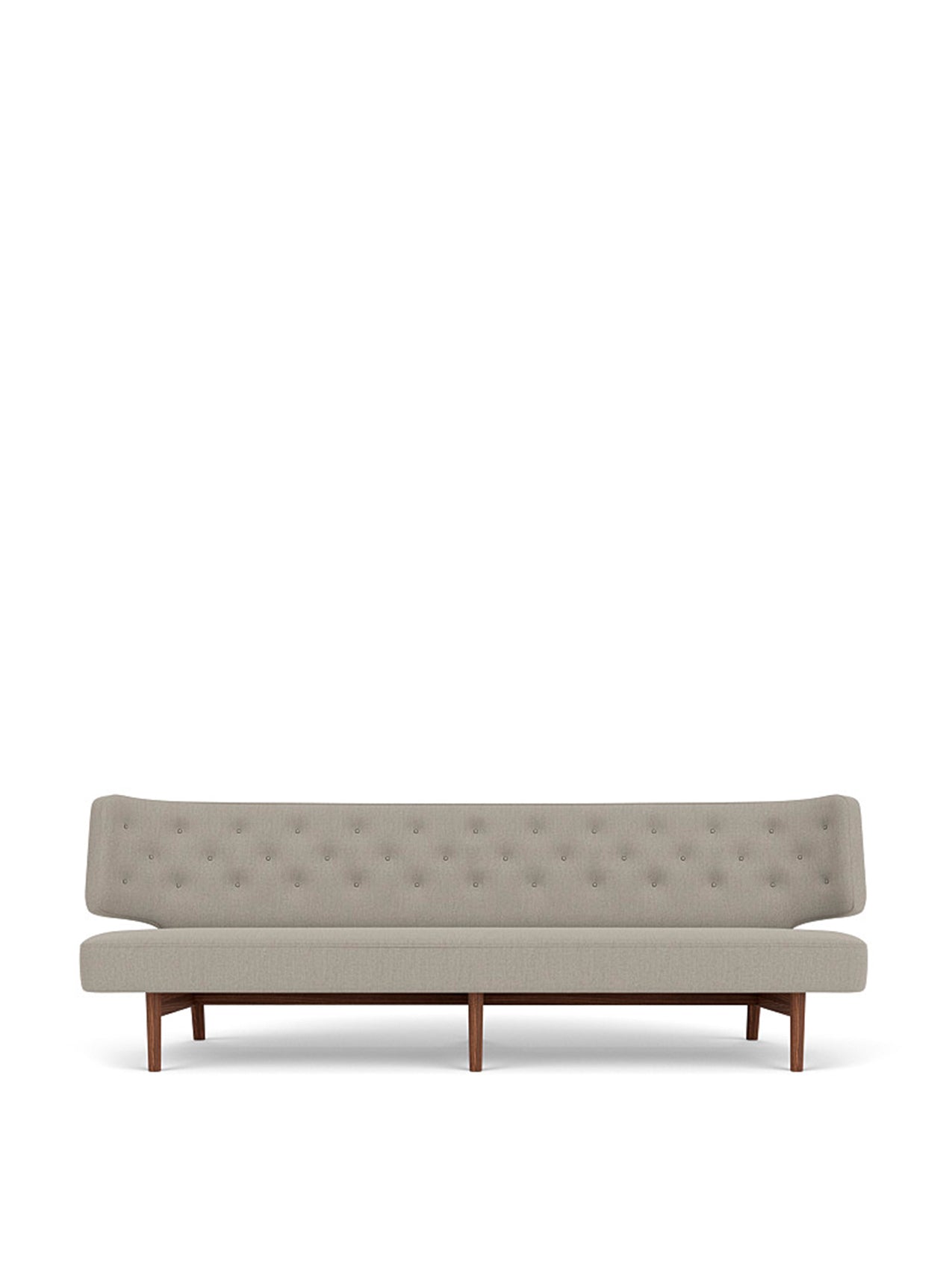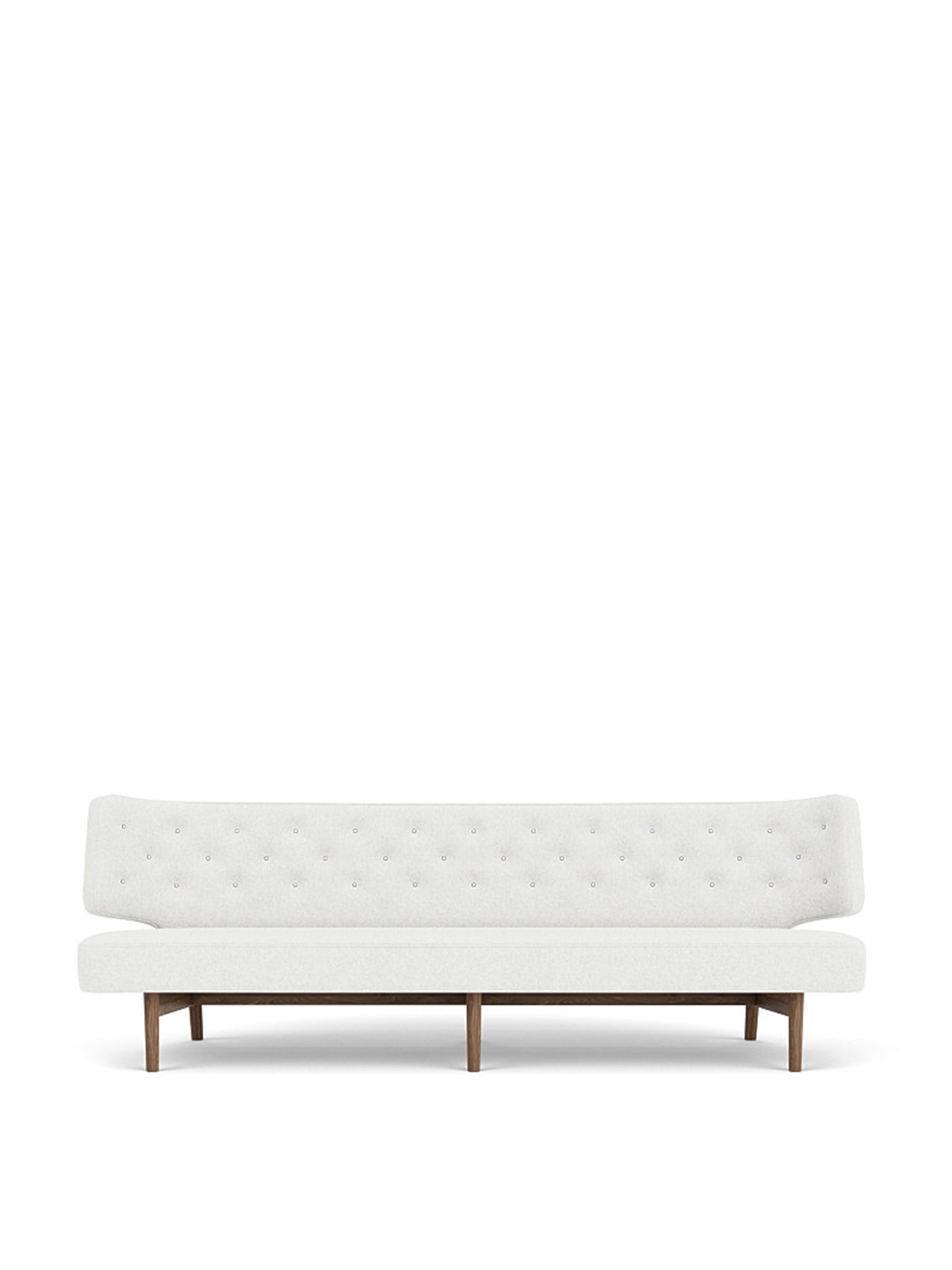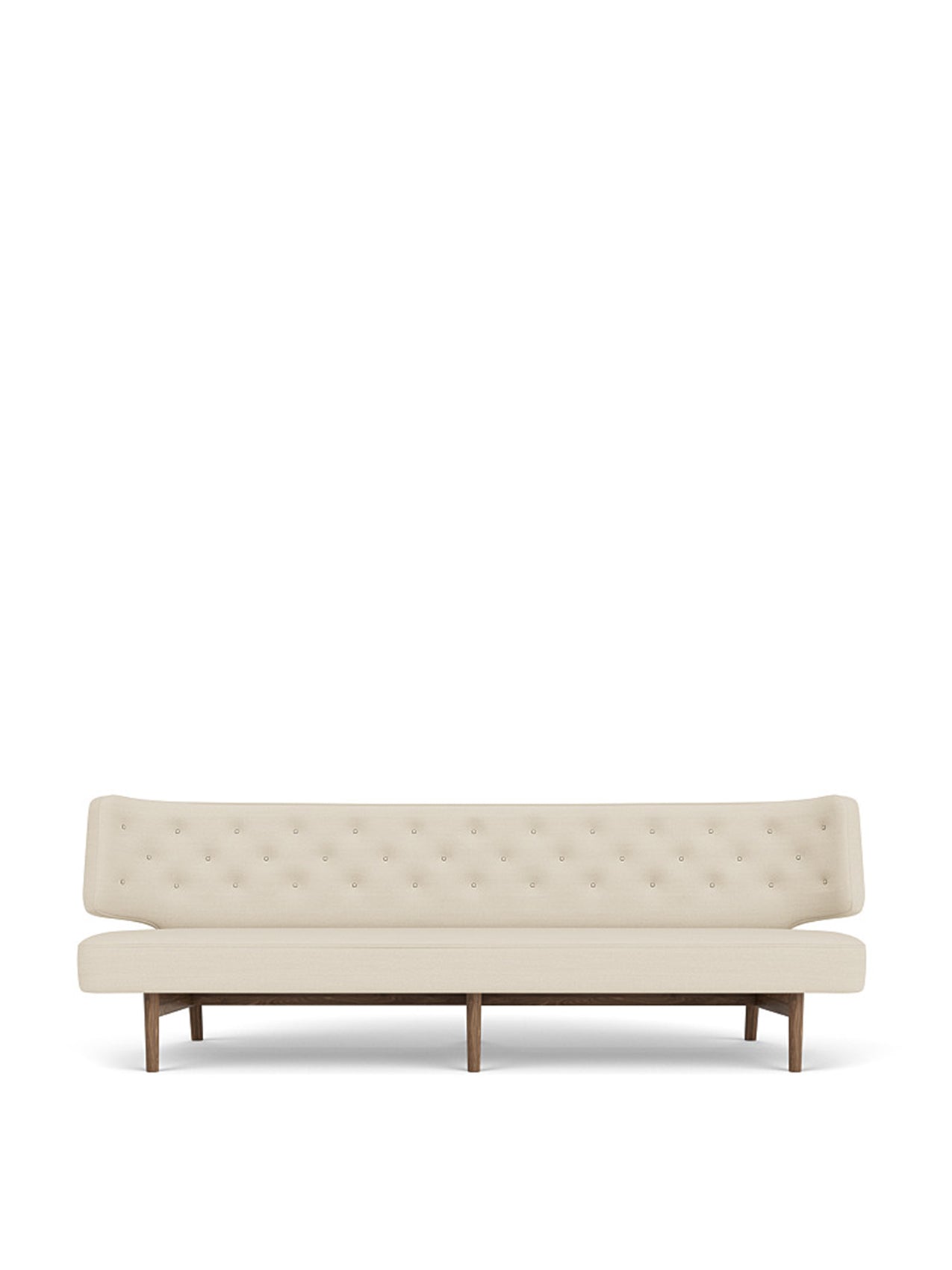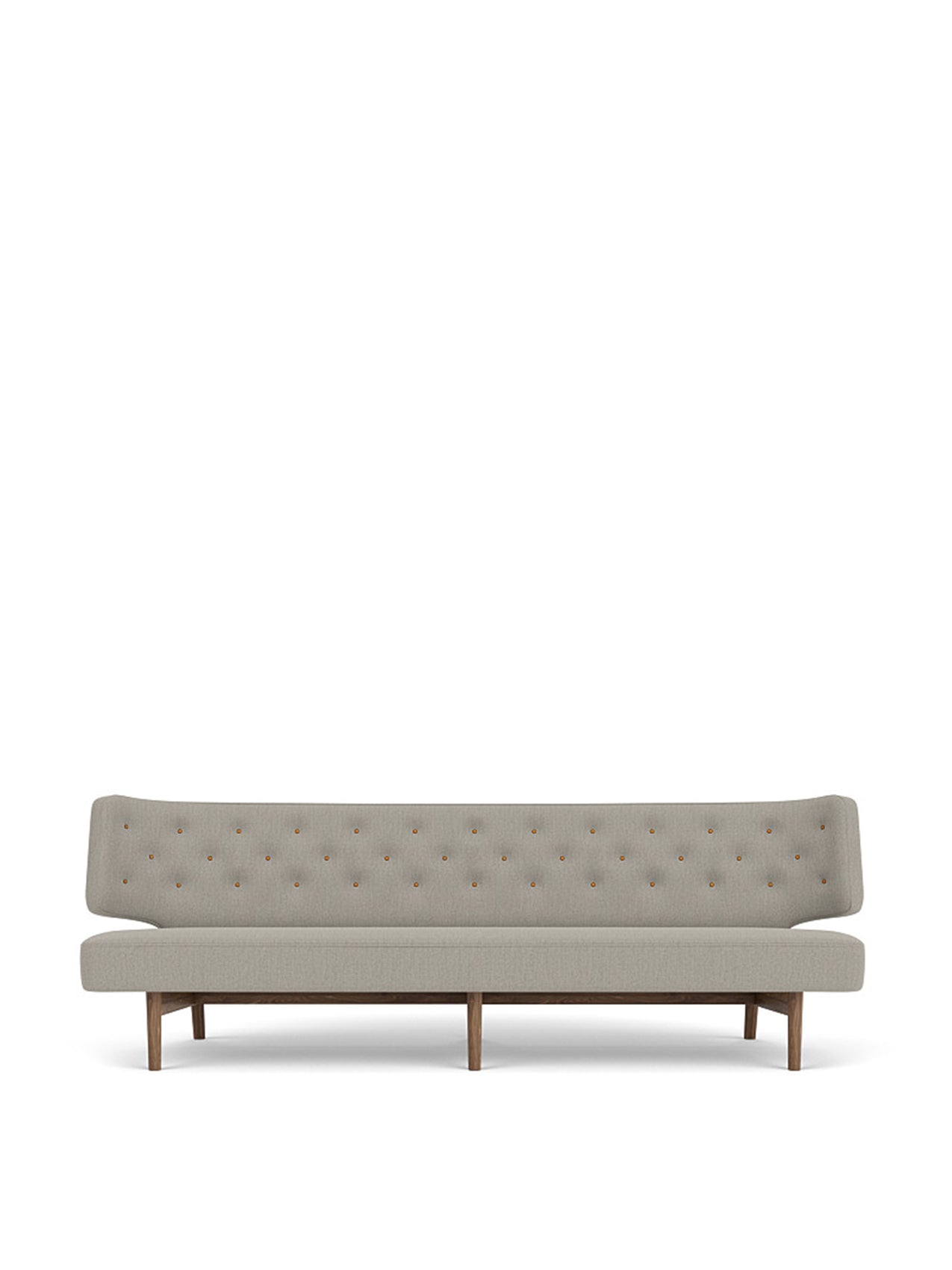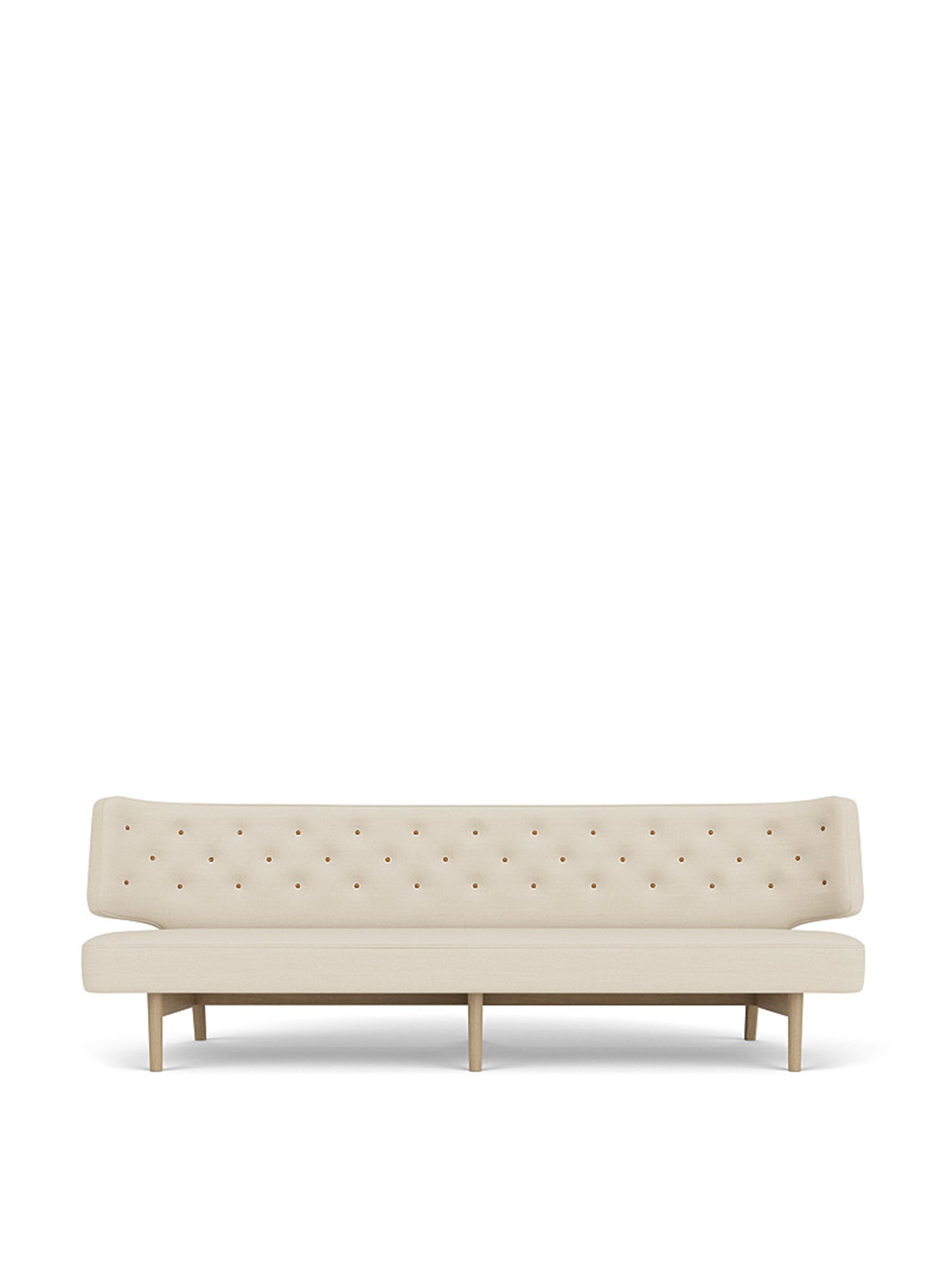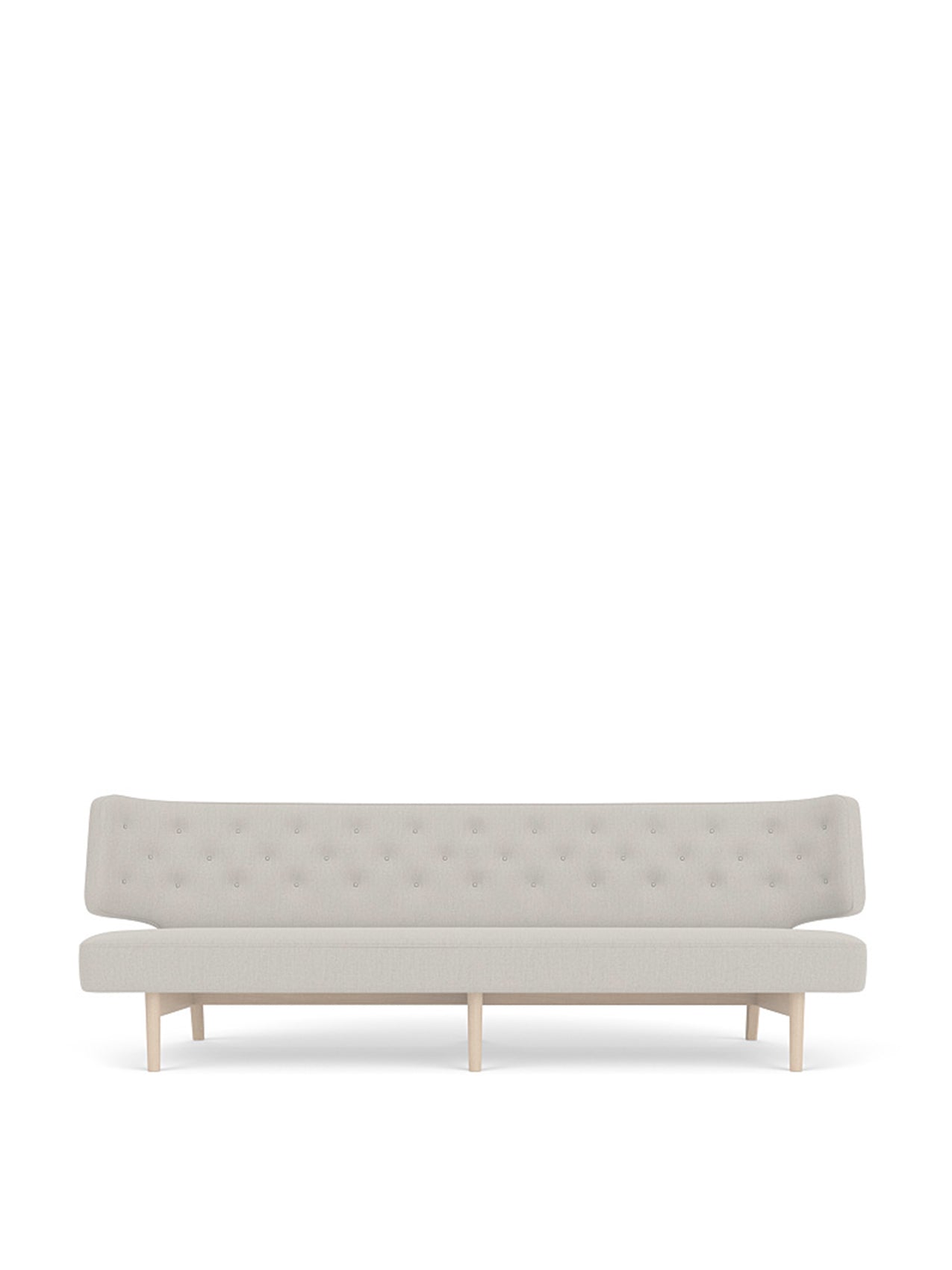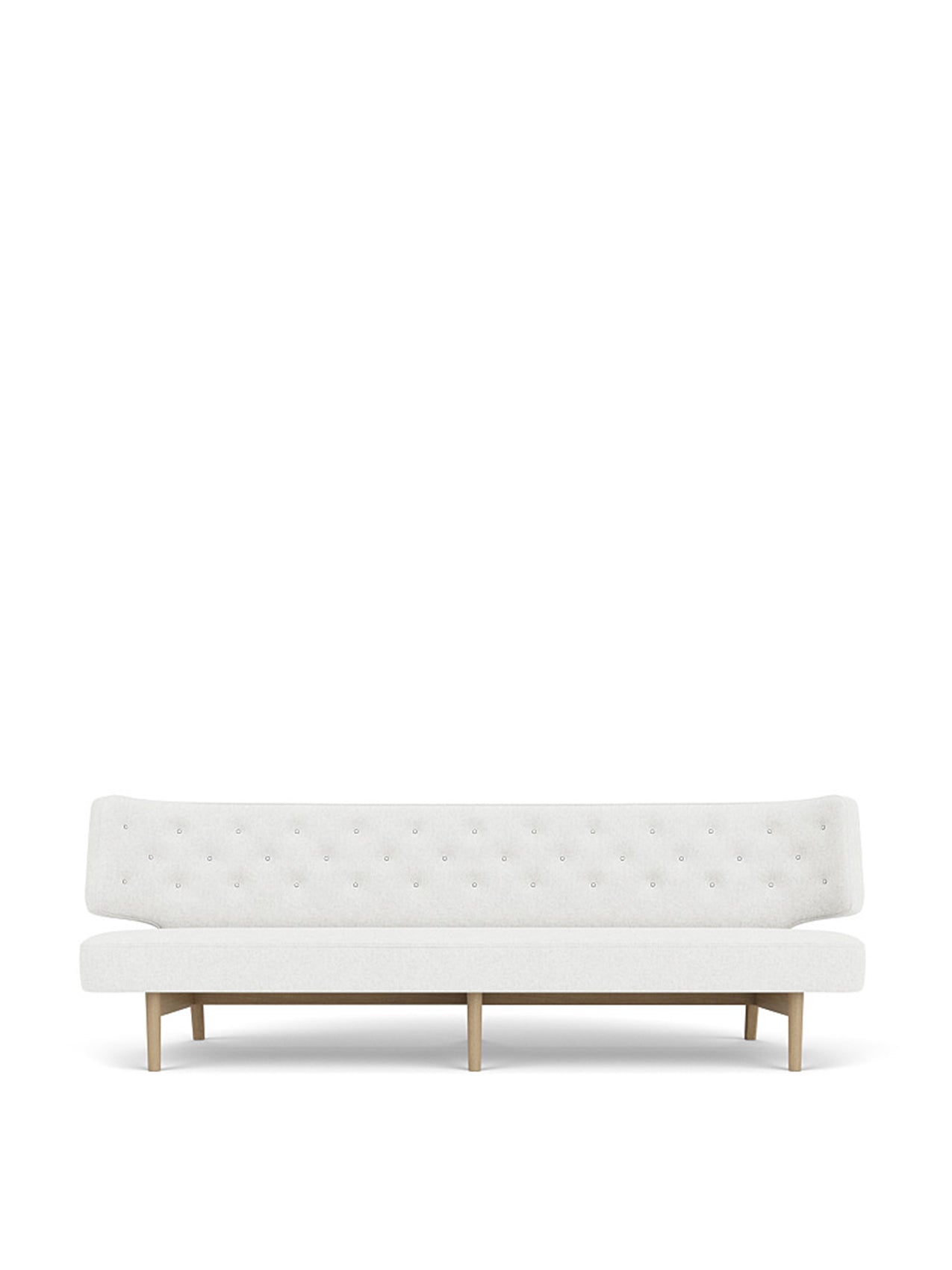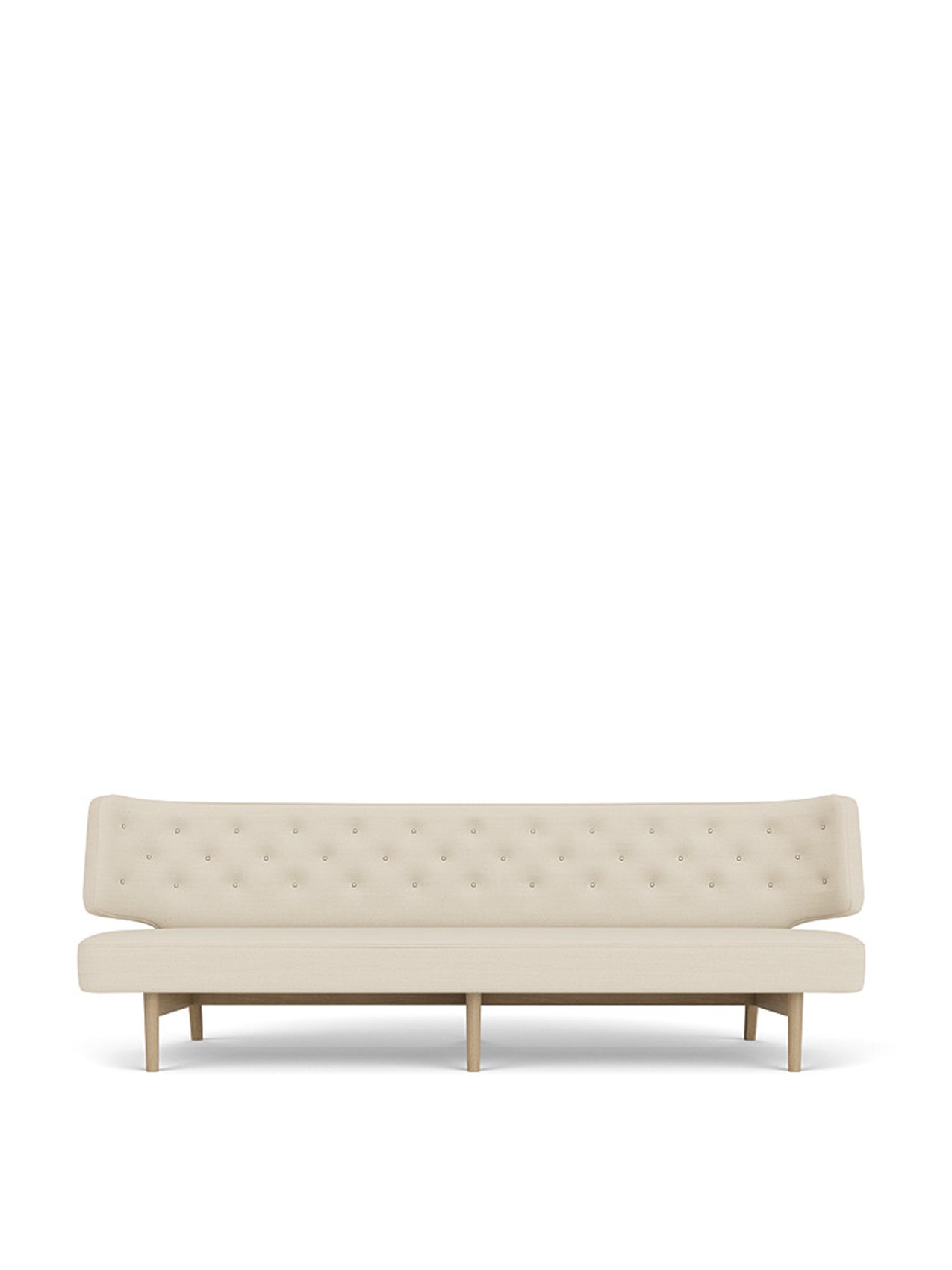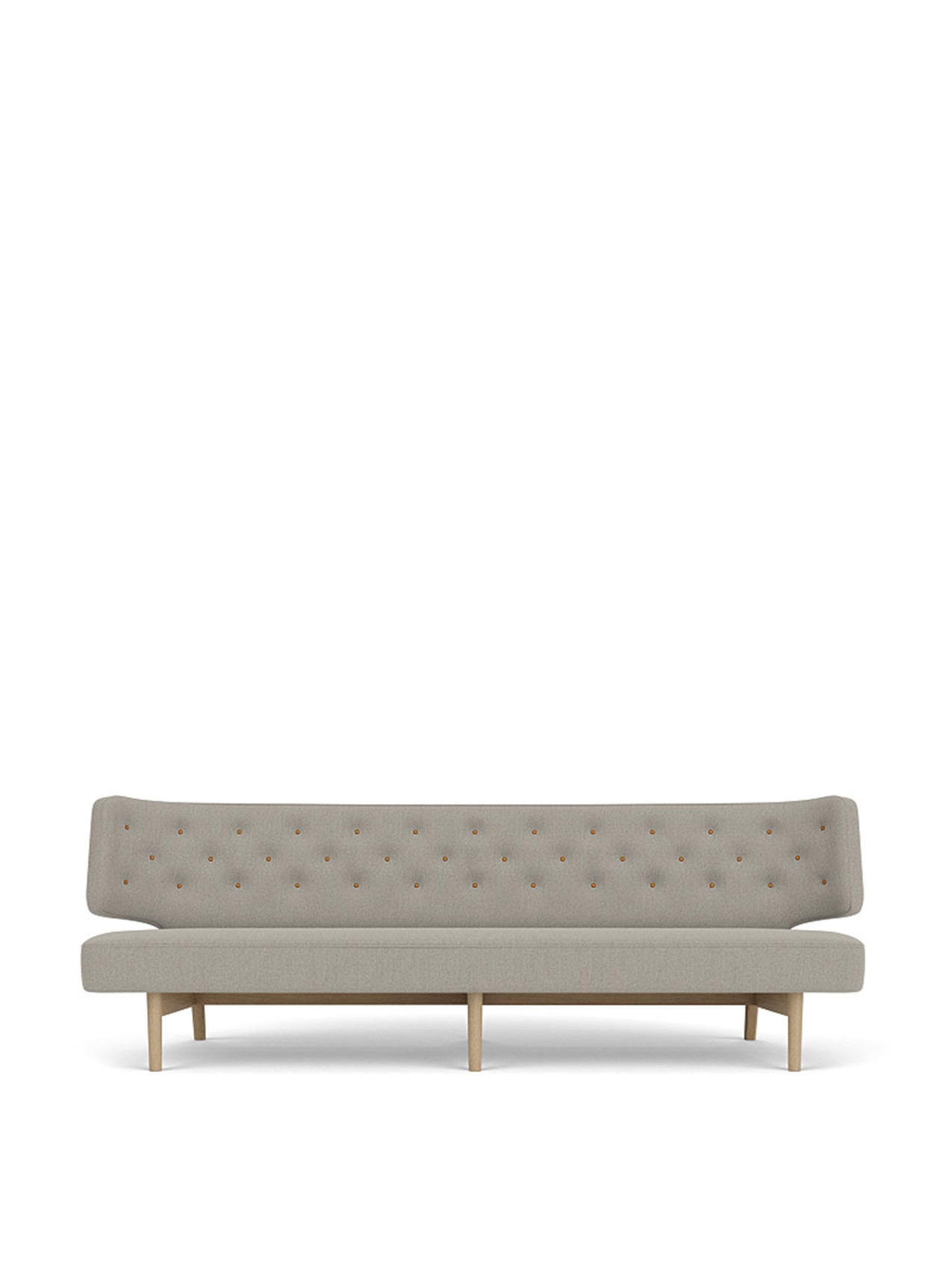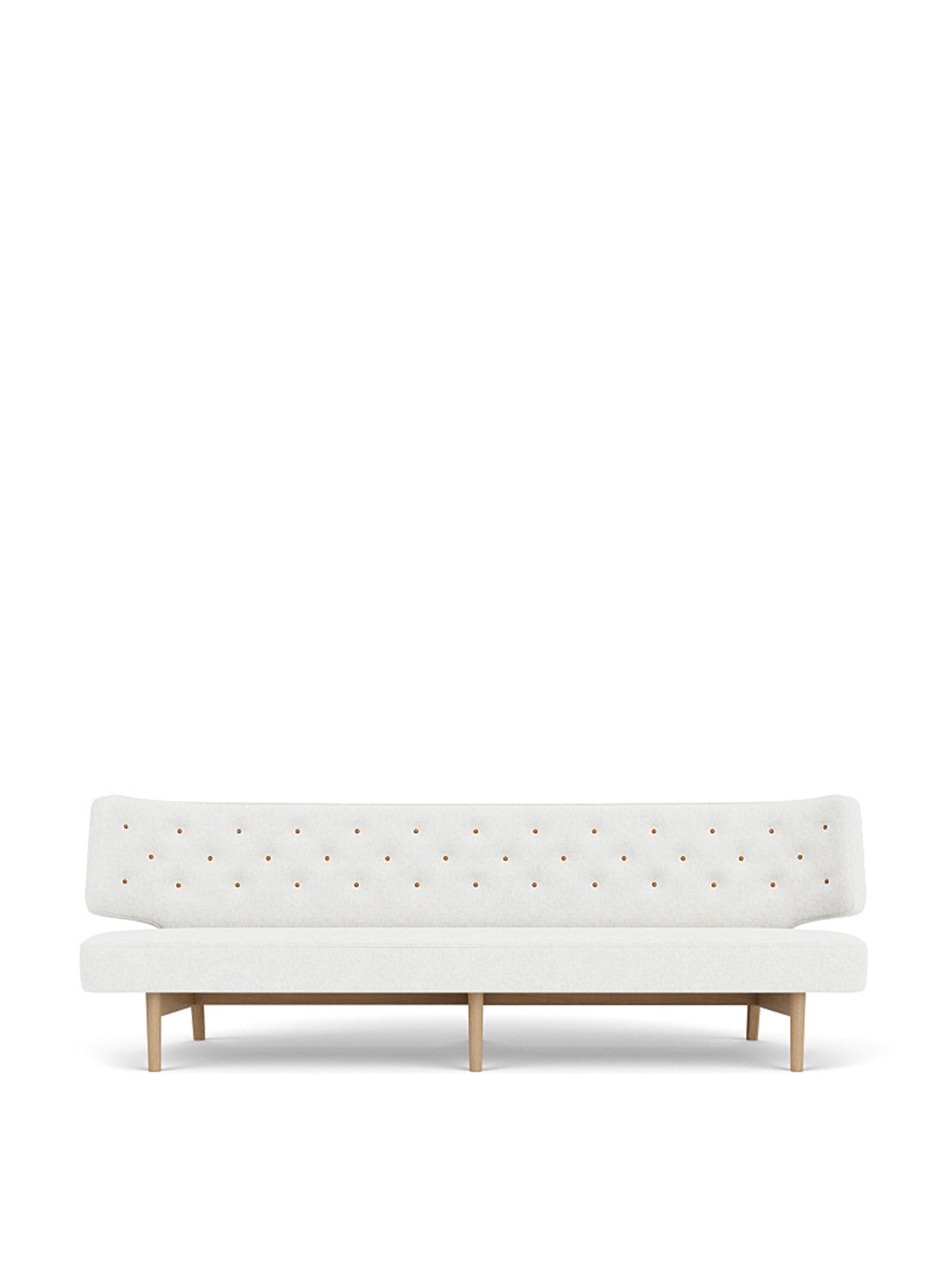Radiohus Sofa, 3-Seater
Radiohus Sofa, 3-Seater
Designer Vilhelm Lauritzen
Designer Vilhelm Lauritzen
SKU 71168-006057
Complete with:
Radiohus Sofa
3-Seater
Radiohus Sofa
3-Seater
Designed in 1936 for the Danish Broadcasting Corporation’s Radiohuset, the Radiohus Sofa is one of Vilhem Lauritzen’s most important works. An icon of Danish Functionalism from the hand of one of Denmark’s most lauded architects, its elegant wooden frame holds a beautifully upholstered seat and back that are shaped to support the body as it sits.
Height
30.31 in
Width
101.57 in
Depth
33.86 in
Materials
Oak or walnut, plastic, steel, solid beech, plywood,
foam, felt, quilt foam, pocket springs, rubber.
Free Large Item Shipping on Orders Over $100
Oversized Returns
We cannot accept returns on this item or other oversized/bulky furniture and large lighting items due to their large and to-order nature.
read more returns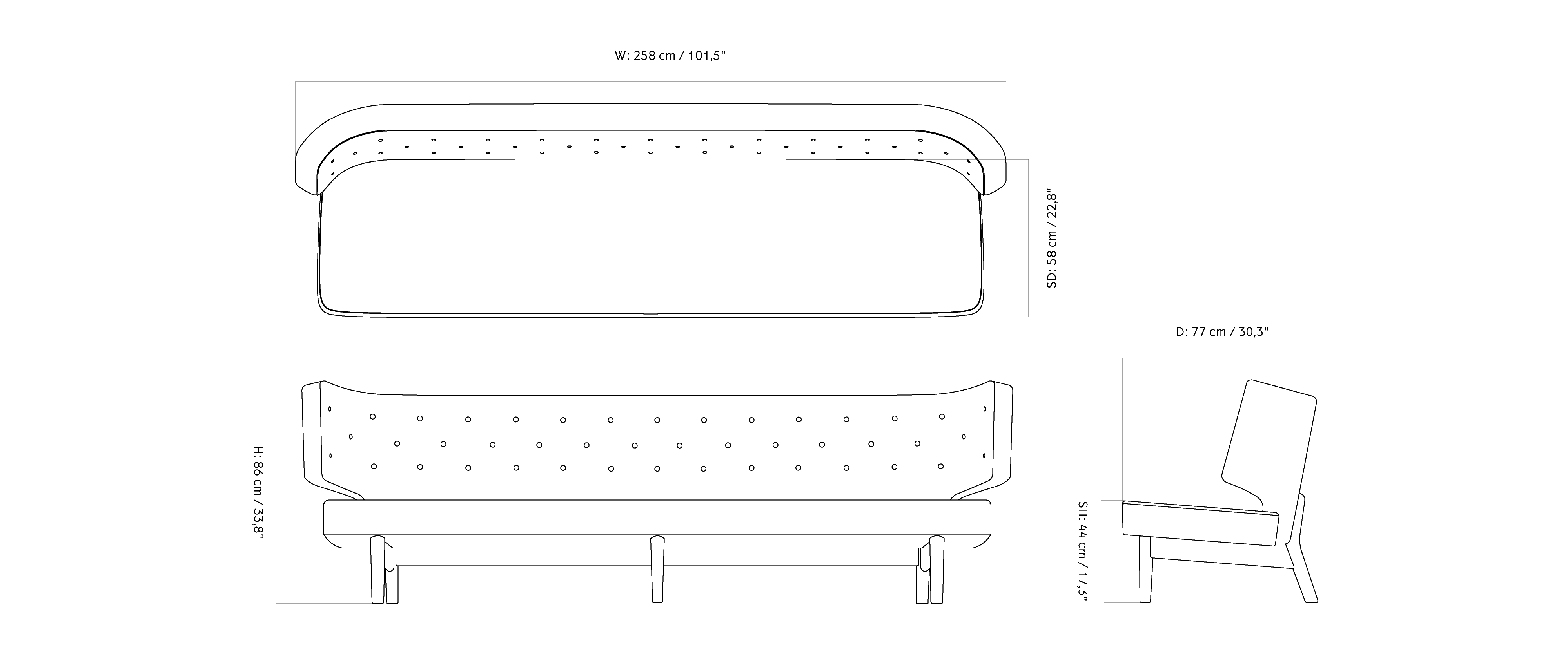
Hallingdal 65 0110
Originally designed by Nanna Ditzel in 1965, Hallingdal 65 is an exceptionally durable upholstery fabric that features a harmonious blend of wool and viscose, both dyed before spinning to accentuate their texture. The wool contributes superior durability and flexibility, while the viscose enhances the colour with brilliance and depth.
0 1 2 3
C&M (BS5852-0/1), Cal 117, Crib 5 (BS5852-5)
100,000
3-4
7
Grey
70% New Wool, 30% Viscose
Kvadrat
Colors:
Materials:
Hallingdal 65, 0200
Originally designed by Nanna Ditzel in 1965, Hallingdal 65 is an exceptionally durable upholstery fabric that features a harmonious blend of wool and viscose, both dyed before spinning to accentuate their texture. The wool contributes superior durability and flexibility, while the viscose enhances the colour with brilliance and depth.
0 1 2 3
C&M (BS5852-0/1), Cal 117, Crib 5 (BS5852-5)
100.000
3-4
7
Beige
70% New Wool, 30% Viscose
Kvadrat
Colors:
Materials:
Re-Wool 0218
Re-wool is a luxurious upholstery fabric that champions sustainability. Made with recycled wool, it features a woven stitch-like surface with a remarkable colour depth that creates a dynamic visual interplay on furniture surfaces.
0 1 2 3
Cal 117, C&M (BS5852-0/1)
100.000
4
6
Beige, Grey
45% Recycled Wool, 45% New wool, worsted, 10% Nylon
Kvadrat
Colors:
Materials:
Dakar, 0250
This chrome- and vacuum-tanned, full-grain aniline leather has a waxed surface for an exceptionally soft touch and a glossy finish that highlights its natural texture. Becoming more comfortable over time, it provides a supportive and cosy seating experience and develops a distinctive patina that adds character and uniqueness to each piece of furniture.
0 1 2 3
Cal 117
3
Brown
100 % Aniline Leather
0.9 - 1.1 mm
Nevotex
Colors:
Materials:
Walnut
Please note: as each sample is crafted from natural wood, variations in colour and grain are to be expected. An oil finish enhances the characteristics of solid walnut, bringing out the depth and warmth of the wood while helping to repel moisture and dust to contribute to the longevity of the furniture. A reapplication of oil can often remove minor imperfections to rejuvenate the appearance.
Brown
Walnut, Solid
Colors:
Materials:
Natural Oak, Solid, Oil
Please note: as each sample is crafted from natural wood, variations in colour and grain are to be expected. An oil finish enhances the characteristics of solid oak, bringing out the depth and warmth of the wood while helping to repel moisture and dust to contribute to the longevity of the furniture. A reapplication of oil can often remove minor imperfections to rejuvenate the appearance.
Beige, Brown
Oak, Solid
Colors:
Materials:
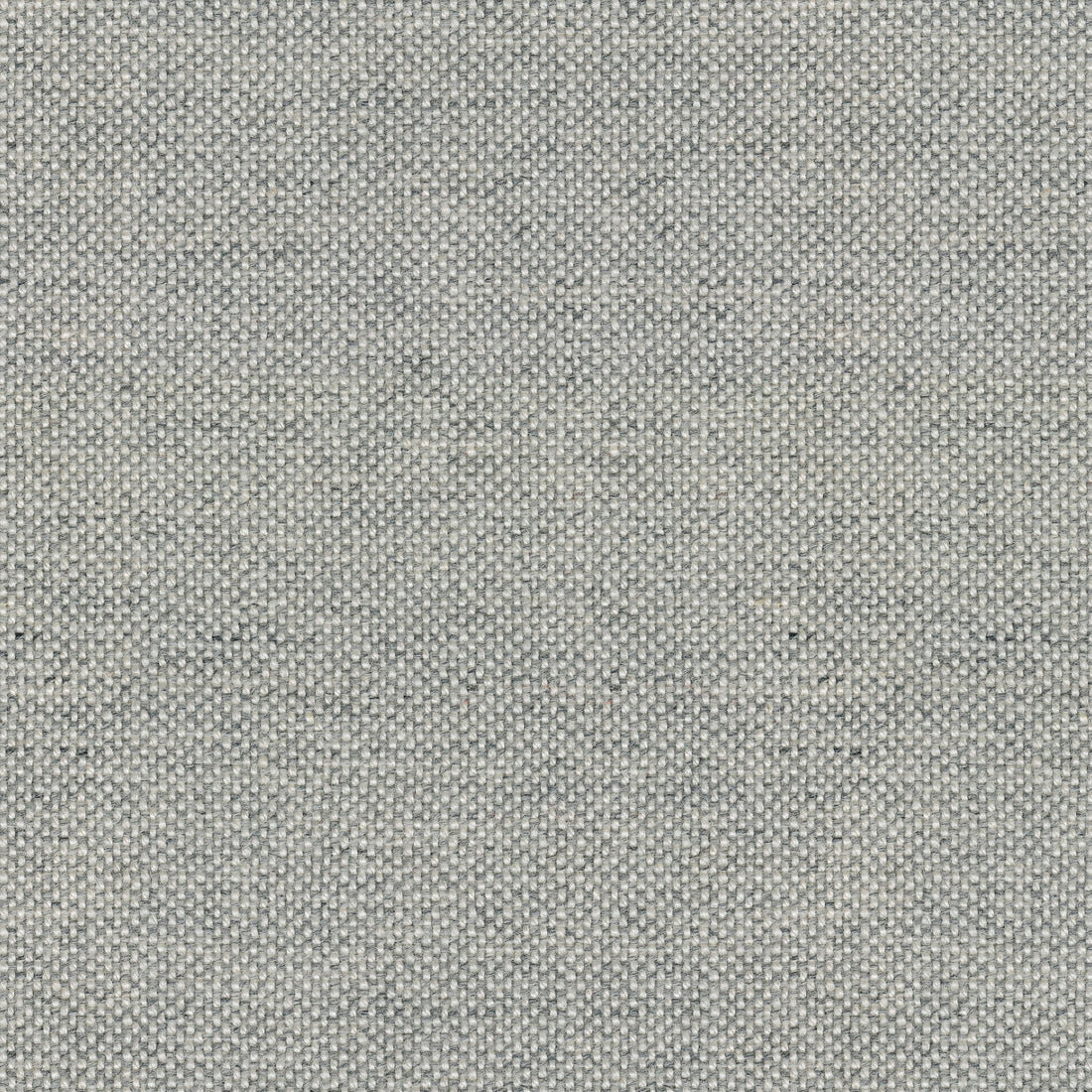
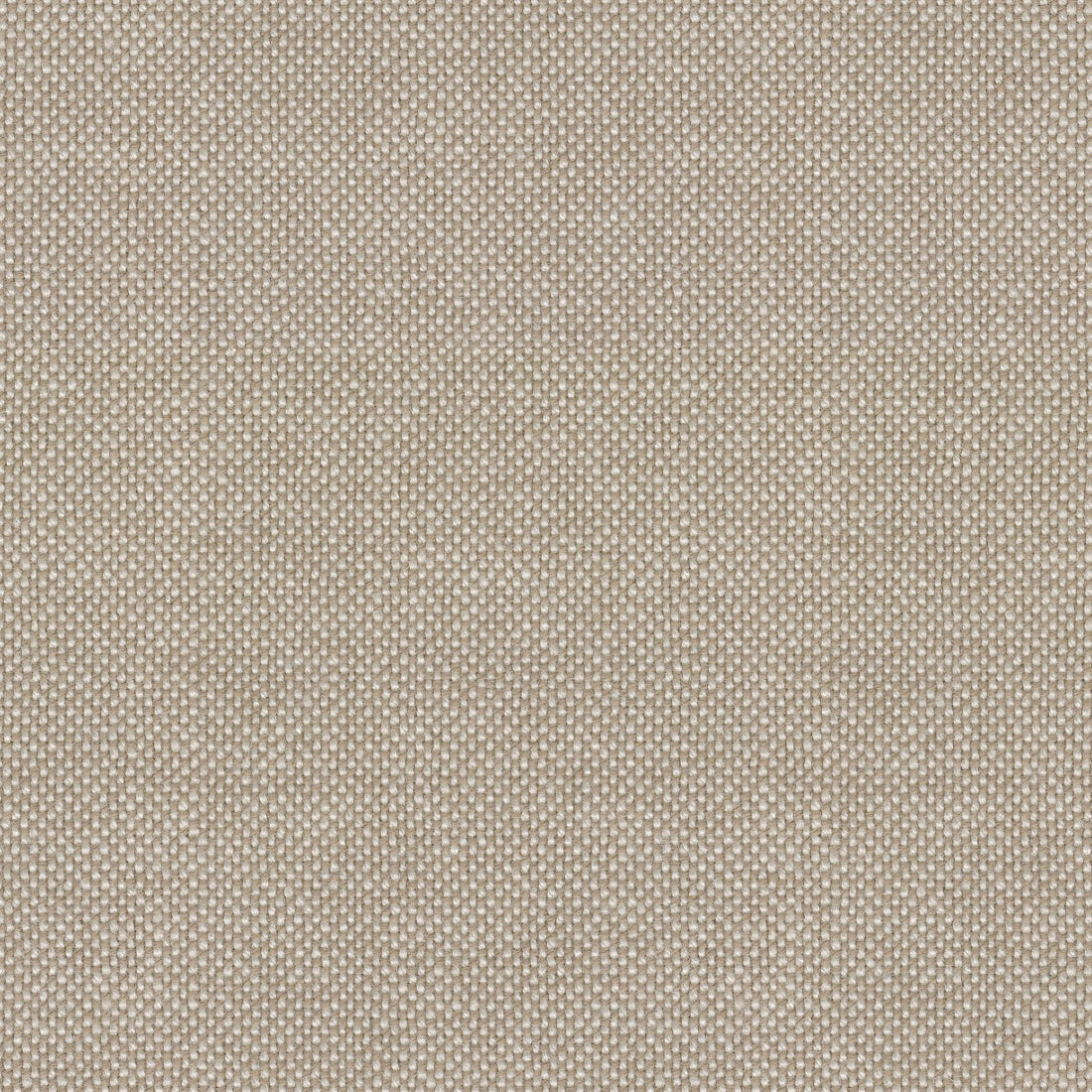
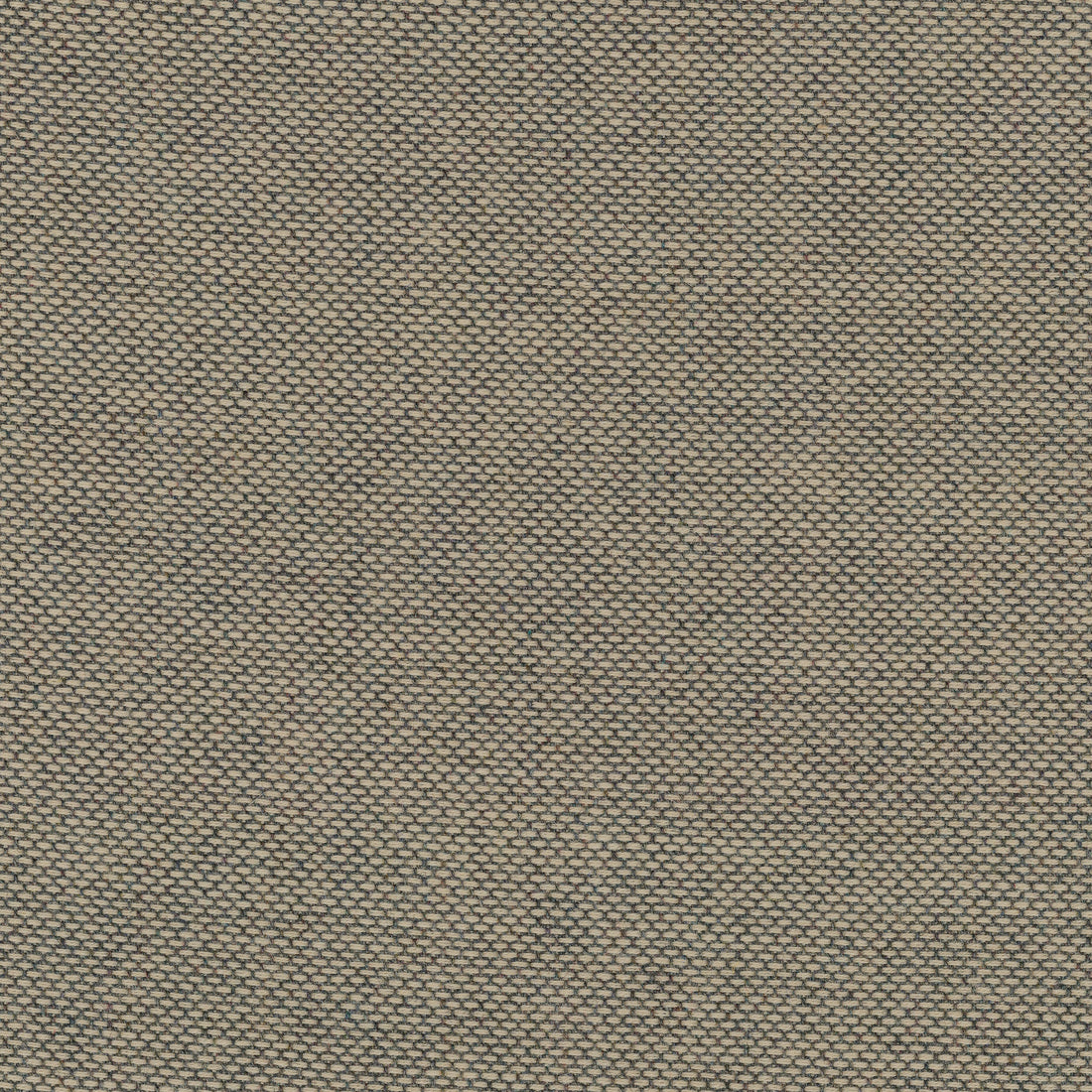
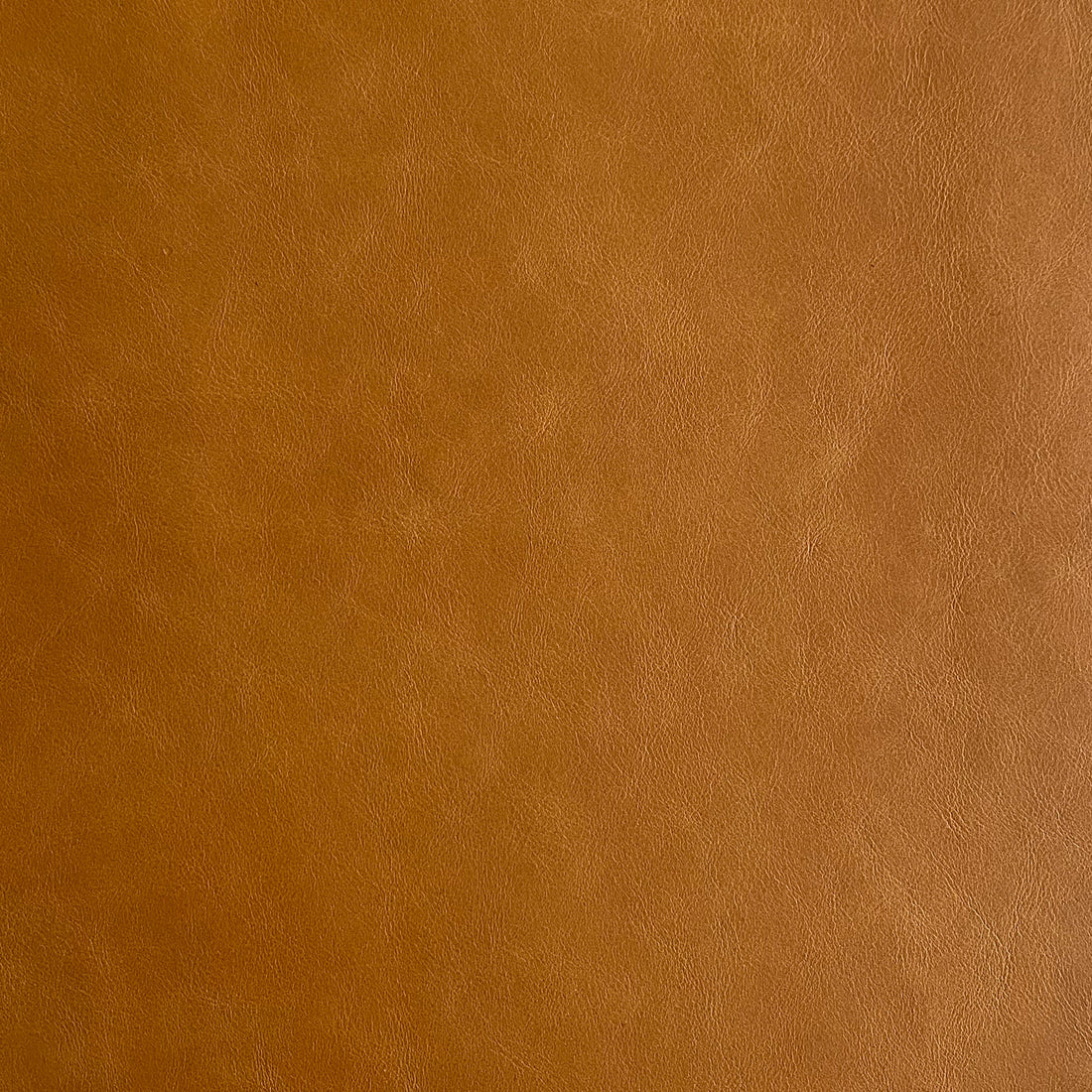
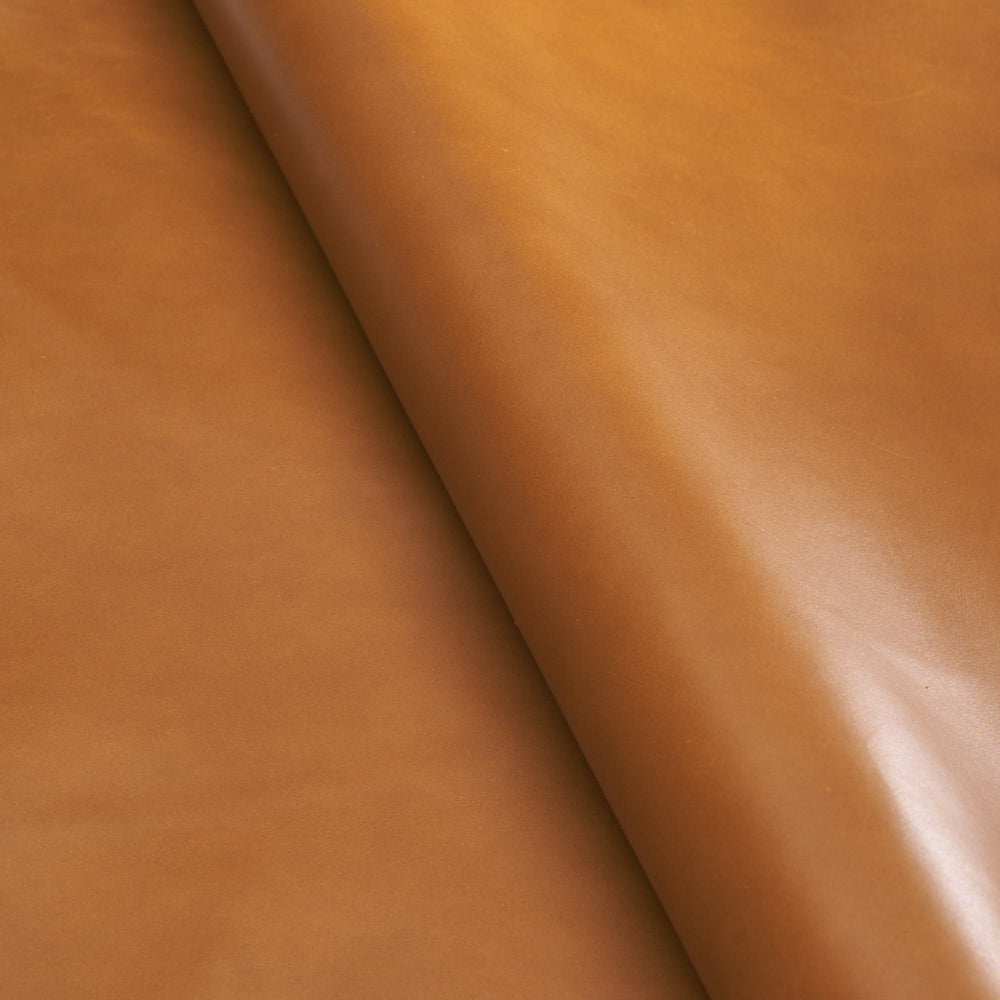
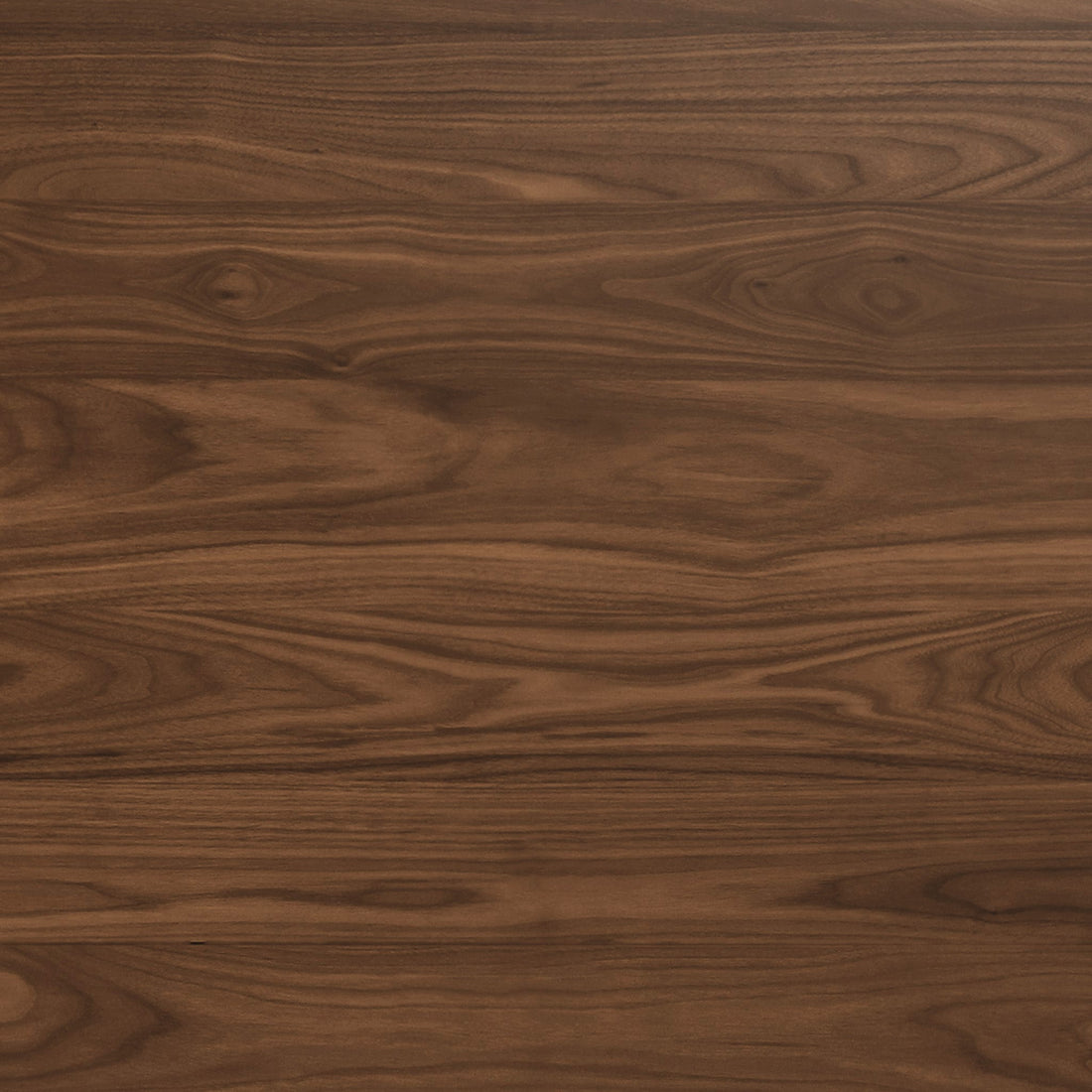
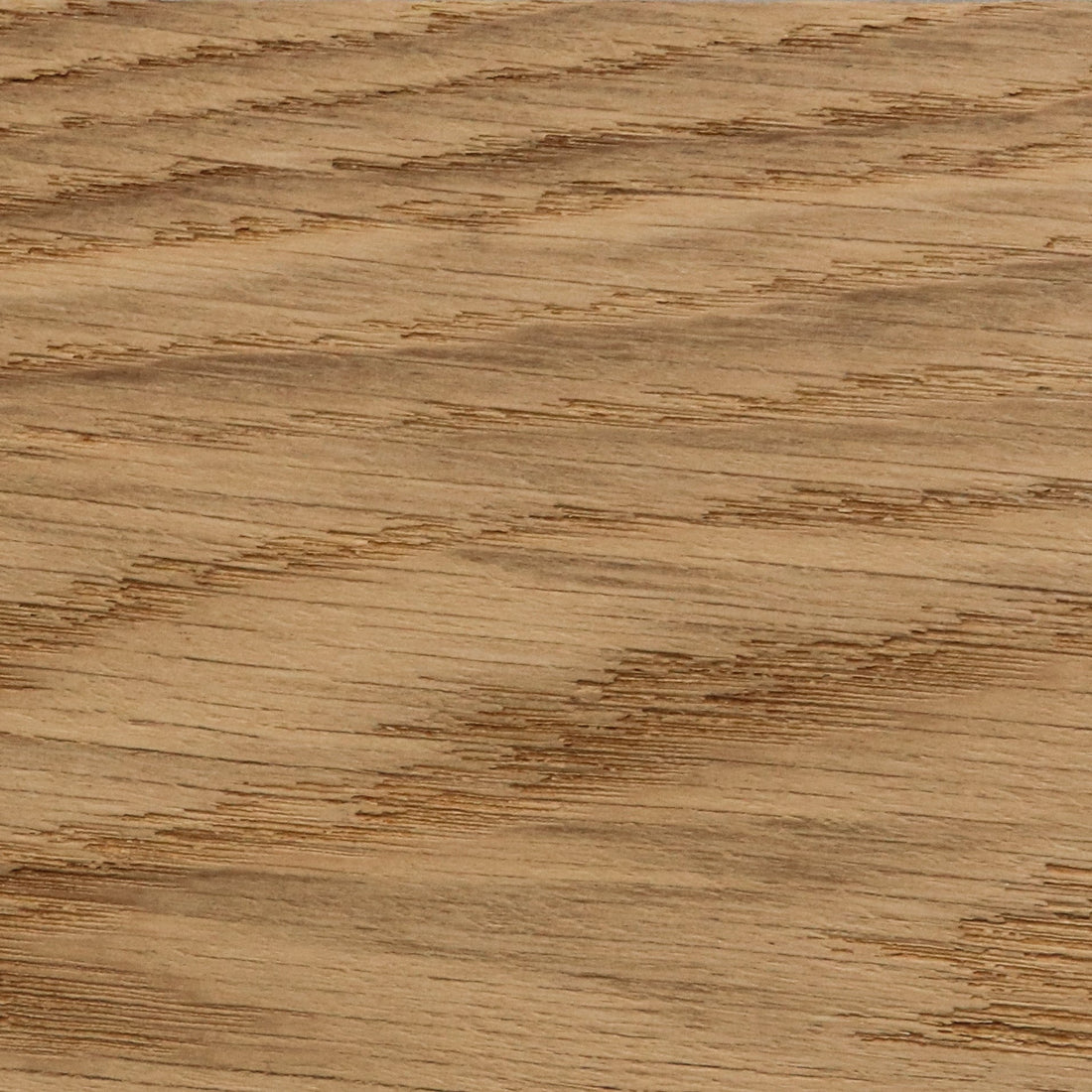
MEET THE DESIGNER
Vilhelm Lauritzen
Vilhelm Theodor Lauritzen (1894-1984) was a Danish architect who became a symbol of modern life in the 1930s. Educated at the Royal Danish Academy of Fine Arts, the prominent Dane established his eponymous practice in 1922, where he was active until 1969. He is noted for some of Copenhagen’s most iconic buildings including Radiohus, Folkets Hus (now Vega) and the now defunct Terminal 2 at Copenhagen Airport, all of which are today listed. Radiohus, designed to headquarter the national broadcaster, DR, and today the Royal Danish Music Conservatory, stands as a proud symbol of Danish functionalism and modernism. Lauritzen’s first sketches for the building were drawn in 1934, which was built between 1936 and 1941 and officially inaugurated in 1945 after the end the Second World War. Today, Radiohuset is regarded as one of the architectural masterpieces of the 20th century. Radiohus was a gesamtkunstwerk. Vilhelm Lauritzen designed everything from door handles, railings and ashtrays to lamps, sofas and counters, in close collaboration with Finn Juhl, who was employed under Lauritzen from 1934 to 1945. The Radiohus sofa was designed in 1936 for the foyer of the building. Profiling a new, soft Nordic functionalism, the sofa is a fusion of the two designers’ sensibilities: Juhl’s organic and sculptural idiom and Lauritzen's stringent functionalism. In addition to his modernist and functionalist building designs, Vilhelm Lauritzen created a number of iconic furniture pieces and lamps.
